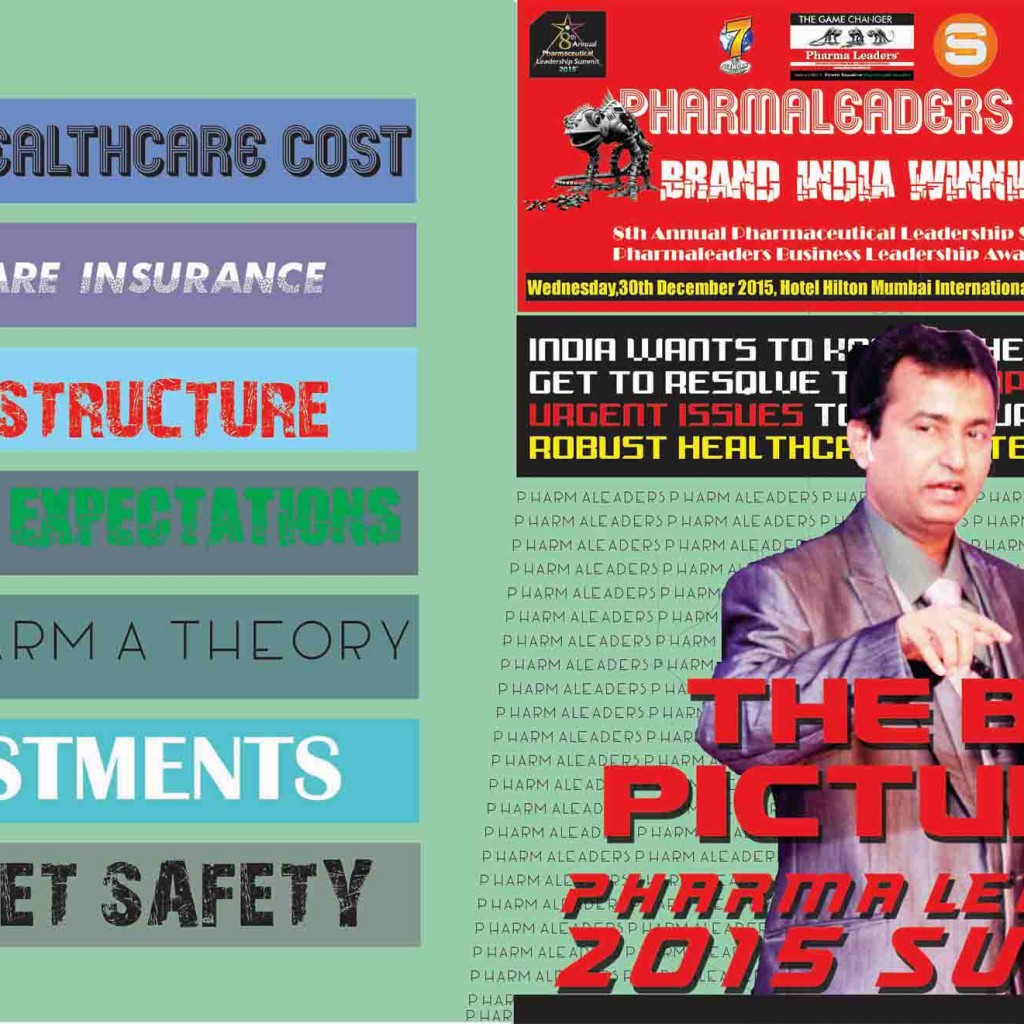The root to India’s pathetic Healthcare in Rural Areas!

Spending on health care in India was an estimated five percent of gross domestic product (GDP) in 2013 and is expected to remain at that level through 2016. Total health care spending in local-currency terms is projected to rise at an annual rate of over 12 percent, from an estimated $96.3 billion in 2013 to $195.7 billion in 2018. While this rapid growth rate will reflect high inflation, it will also be driven by increasing public and private expenditures on health. India’s public health care system is patchy, with underfunded and overcrowded hospitals and clinics, and inadequate rural coverage. Reduced funding by the Indian Government has been attributed to historic failures on the part of the Ministry of Health and Family Welfare (MHFW) to spend its allocated budget fully. This is despite increasing demand, due, in part, to growing incidence of age- and lifestyle-related chronic diseases resulting from urbanization, sedentary lifestyles, changing diets, rising obesity levels, and widespread availability of tobacco products. India’s health care sector witnesses close to 50 percent spend on in-patient beds for lifestyle diseases, especially in urban and semi-urban pockets.6 In addition, India has one the world’s highest numbers of diabetes sufferers, at more than 65 million individuals. This trend has resulted in the mushrooming
Since India’s independence in 1947, its government has tended to overlook rural practitioners. They are illegal, but continue to exist and thrive. State medical councils regularly organise drives to round up “quacks” and file complaints against them. But the police rarely take action, and the sheer numbers of these practitioners ensure they won’t disappear anytime soon.
The World Health Organization specifies an ideal ratio of one doctor to every 1,000 people in low-income countries: India has one for every 1,700. It is even worse if you aren’t in a city, as only 20% of them work in rural areas.
The root to India's pathetic Healthcare in Rural Areas! pic.twitter.com/ssNQXvBFkh
— SATYA BRAHMA (@SATYABRAHMA) November 9, 2015
Rural India has a pyramidal network of government health centres: sub-centres manned by assistant nurse practitioners at the base, primary health centres with one or two general physicians in the middle, and community health centres with four specialists at the top. According to the 2015 numbers from the health ministry, it needs one primary healthcare centre for every 30,000 rural residents, but in reality 32,944 people have to share each of them. In primary centres, 11.9% of the doctor positions are vacant. And at community health centres, a staggering 81.2% of specialist positions are not yet filled.
A few states, including West Bengal, have the lion’s share of these vacancies. West Bengal has only 909 primary healthcare centres (against a norm of 2,000 centres for its population of 90 million people). Birbhum, one of the poorest districts of West Bengal, has 58 of them, with 40 doctor vacancies. This means it has one primary healthcare centre for around 60,000 people, a ratio that gets even worse in tribal regions such as Murarai. And worryingly, at the bottom level of the network, most sub-centres lack critical infrastructure such as electricity, toilets or water supply. “Doctors don’t like to stay in rural stations. The final blow to India’s rural healthcare system is the rampant absenteeism among its doctors. A 2011 working paper (pdf) by a team of US-based researchers found that almost 40% of health workers were absent from their clinics on a typical day. While the excuses they gave were varied, the absences were strongly linked to poor infrastructure in hospitals and the economic status of the districts where the hospitals were located. And doctors who faced long commutes to impoverished areas were more likely to go AWOL.
This is the vacuum in government health infrastructure filled by the “quacks”.
On the back of this outbreak, shortage of hospital beds in the country has suddenly emerged as a key debate over the last few days, the fact that India has just 1.3 beds per 1000 people amongst the lowest in the world and significantly lower than the WHO guideline of 3.5 beds per 1000 is well documented and the basis of many studies on demand for healthcare infrastructure in the country. The big question however is not only about how many more hospital beds we need in this country but whether healthcare for India is a key national agenda. A country which pulled off the remarkable feat of eradicating polio where it had 4/5th of the world’s polio cases in 2002 is today grappling with deaths from dengue and the conversation needs to get targeted towards the efficacy of the whole healthcare system.
As responsible and well-informed Indians we need to raise questions on the basics and foundation of our healthcare system. India accounts for 21% of the world’s burden of disease and the healthcare supply chain across funding, talent, infrastructure remains in short supply and so do strategies around prevention and sanitation for good health. We need to attack at the grass root level, so as to envision a flawless healthcare delivery system in the country. Its neither about the private hospitals lacking adequate number of beds for epidemic diseases, nor about the public hospitals being ill-equipped. Its about an agenda that brings healthcare to the forefront collectively.
Let’s take the budgetary allocation to healthcare this fiscal. Under the leadership of a dynamic and visionary Prime Minister, could India expect healthcare to be at the core of its agenda? With the Govt allocating a mere 1.2% GDP on healthcare, India has again missed its bus this year. China spends 3% of its GDP on public healthcare. For a country of 1.28 bn people which accounts for 17.5% of total world population this is an abysmally low allocation for healthcare.
India currently has 600,000 doctors and 1.6mn nurses, a ratio of 1 doctor to 1,800 people against a WHO recommendation of 1 doctor to 600 people. Where is the agenda to address a short supply of 1.4 mn doctors and 2.8 mn nurses in the country? This resource crunch is not public versus private but a national dilemma which needs complete transformation of our clinical and paramedical education system with equal participation.
According to a report published by Prof Donald Shepard of Brandeis University which was done by researchers in India and US, dengue effects more than 5.8mn Indians each year which is the highest in the world and costs India over $ 1.1 bn each year. The main cause of this vector borne disease is poor sanitation. Rapid urbanization leading to insufficient sewage treatment plants and more than 100 mn tons of solid waste a year needs urgent attention. A world bank report states that India’s sanitation deficit leads to losses worth 6% of its GDP by raising the disease burden on the country. Swachh Bharat Mission is an effort by the government in the right direction to address India’s poor sanitation system which in turn should make India healthy and protect many 7 year olds from succumbing to this disease. Hopefully this will not remain another slogan but will translate into firm reality with dogmatic implementation.
Intervention at a macro level has become imperative at this stage so that socio-economic issues can be contained for building a healthy India. Till healthcare is treated as a national agenda by India, the population will continue to be plagued by diseases and blame-game at micro-levels will distract the country from concentrating on larger missions like disease prevention. Wake up India.










